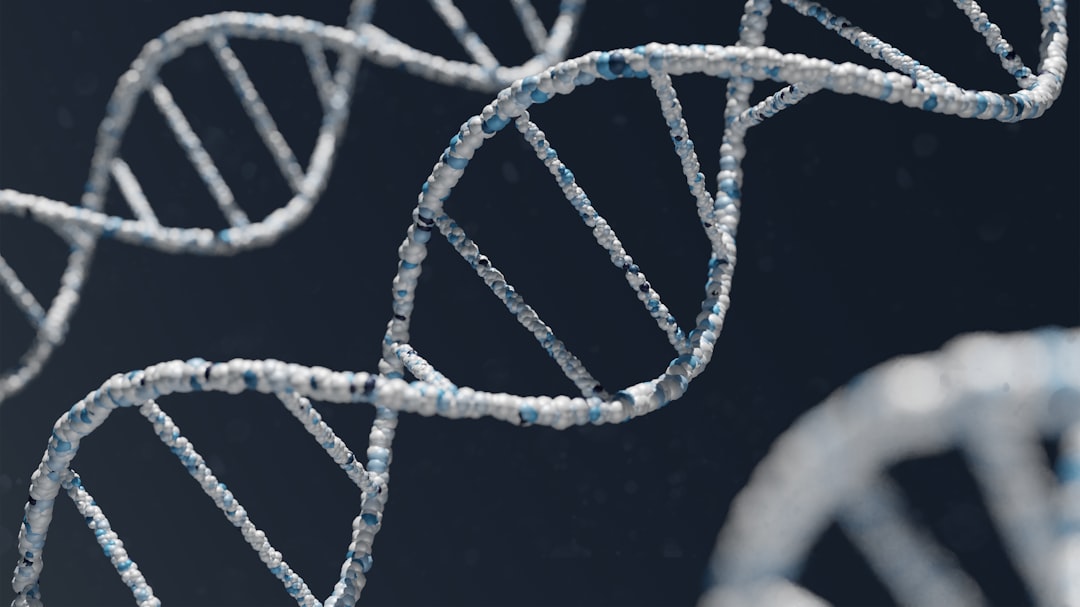What is it about?
A large international effort involving the University of Melbourne, Takeda Pharmaceuticals and other partners to worked to develop a new type of drug that is specific for the malaria parasite (Plasmodium falciparum). These inhibitor compounds target a sophisticated enzyme complex, called the proteasome, that both human cells and plasmodium rely on to break down unneeded or damaged proteins. The team found a compound that is potent, selective, fast-acting, and active at all stages of the malaria parasite’s lifecycle (both inside inside the mosquito and the human host).
Featured Image

Photo by Presley Roozenburg on Unsplash
Why is it important?
Diseases caused by infectious organisms pose an enormous threat to global health, food security and sustainable development. Malaria is one such debilitating disease, causing more than 400,000 deaths each year. Sadly, delays related to the COVID-19 pandemic are expected to impede efforts to treat and prevent malaria. Even more alarmingly, current antimalarial treatments are rapidly losing efficacy due to the development of resistance. New treatments with new modes of action are urgently needed to combat malaria.
Perspectives
A particularly rewarding part of the work was the ability to work with a large and highly collaborative team, bringing together scientists from academia, the pharmaceutical industry and the not-for-profit malaria drug development peak body, Medicines for Malaria Venture. This work used cryo Electron Microscopy to obtain a detailed molecular picture of the “poisoned” proteasome, revealing the molecular nuance that underpins the selective binding of the new inhibitor only to the malarial target. We are excited about the possibilities and hopeful that the work will also underpin the development of new inhibitors for other infectious diseases using similar ideas.
Leann Tilley
University of Melbourne
Read the Original
This page is a summary of: Design of proteasome inhibitors with oral efficacy in vivo against
Plasmodium falciparum
and selectivity over the human proteasome, Proceedings of the National Academy of Sciences, September 2021, Proceedings of the National Academy of Sciences,
DOI: 10.1073/pnas.2107213118.
You can read the full text:
Resources
Contributors
The following have contributed to this page










